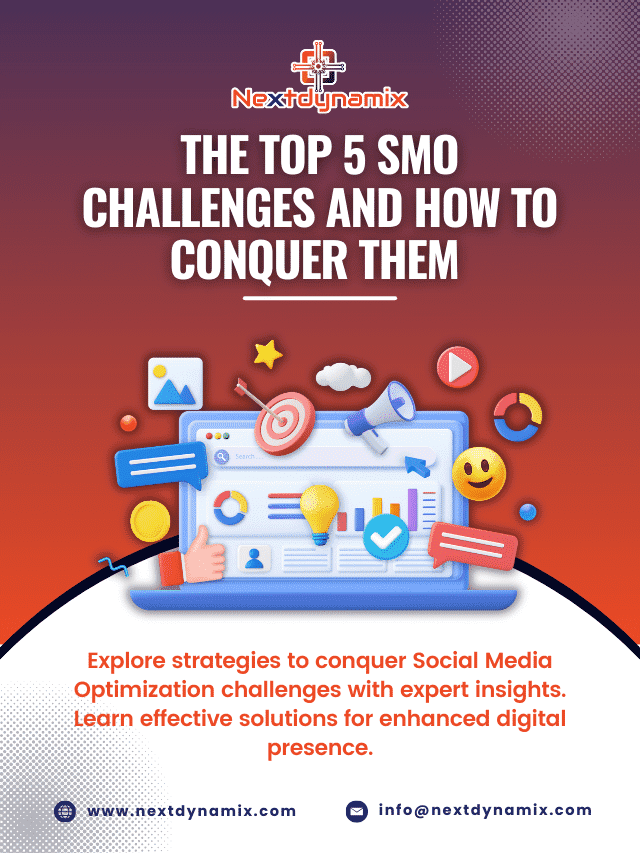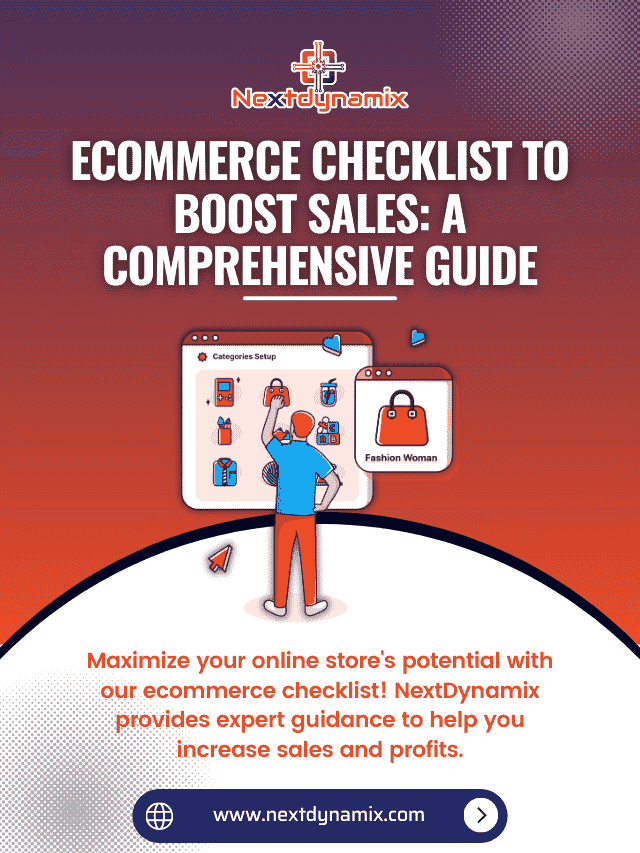Mastering SEO in the Age of Algorithm Updates: A Comprehensive Guide
In the ever-evolving digital marketing landscape, search engine optimization (SEO) remains a critical component for driving organic traffic to websites. However, the SEO game has changed dramatically in recent years due to frequent algorithm updates by major search engines like Google. These updates can make or break a website’s visibility in search results, and staying ahead of the curve is essential for success in the digital realm.
In this comprehensive guide, we will delve into the world of SEO and provide you with the knowledge and strategies needed to master it in the age of algorithm updates. Whether you’re an experienced SEO practitioner or just starting your SEO journey, this guide will equip you with the latest techniques and insights to boost your website’s rankings and maintain your online presence.
Chapter 1: Understanding SEO in the Modern Landscape

1.1 The SEO Evolution
To grasp the current state of SEO, we must first understand its evolution. In the early days of the internet, SEO was focused on keyword stuffing and manipulating search engine rankings. However, search engines like Google have become more sophisticated over time, prioritizing user experience and delivering relevant results. This shift has transformed SEO into a multifaceted discipline, encompassing various on-page and off-page factors.
1.2 The Importance of Search Engines
Search engines play a pivotal role in our digital lives, serving as the gateway to the vast online world. Google holds a dominant position, with over 90% of the global search engine market share. It makes understanding and optimizing Google’s algorithms crucial for any SEO practitioner.
1.3 The Role of Algorithms
Search engines use complex algorithms to determine which websites rank higher in search results. These algorithms take into account numerous factors, including the quality and relevance of content, user experience, website speed, mobile-friendliness, and backlink profiles. Algorithms are updated regularly to provide users with better search results and combat spammy SEO practices.
Chapter 2: SEO Fundamentals
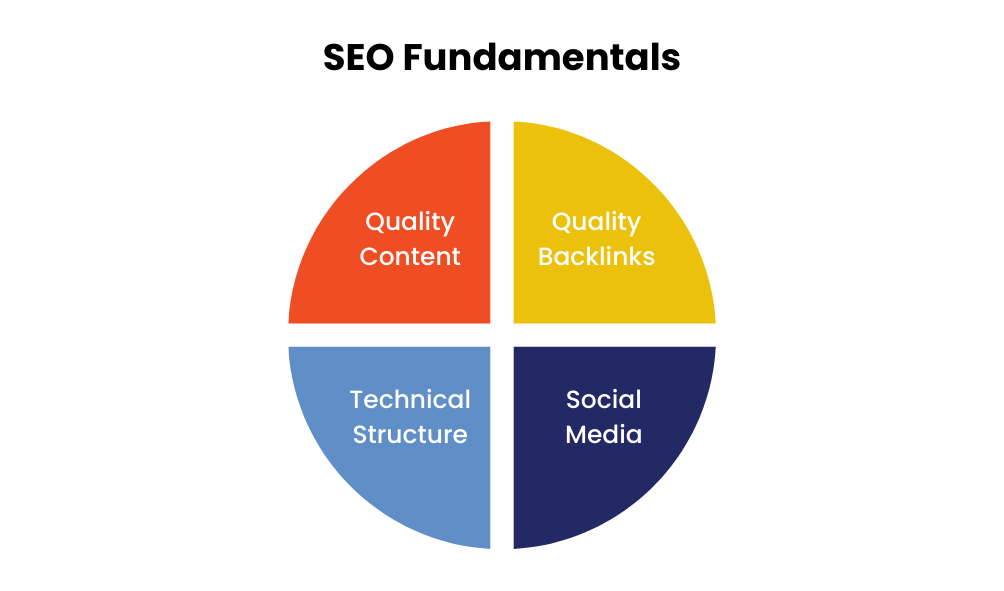
2.1 Keyword Research
Keywords are the foundation of SEO. Thorough keyword research involves identifying the words and phrases your target audience uses when searching for information online. Tools like Google Keyword Planner, SEMrush, and Ahrefs can help you discover relevant keywords and assess their search volumes and competition levels.
2.2 On-Page SEO
On-page SEO refers to optimizing individual web pages to rank higher and earn more organic traffic. Key elements of on-page SEO include:
- Title Tags: Craft compelling and relevant for your page titles, incorporating primary keywords.
- Meta Descriptions: Write concise, informative meta descriptions that encourage click-throughs.
- Header Tags: Use header tags (H1, H2, H3, etc.) to structure your content logically and include keywords where appropriate.
- Content Quality: Create high-quality & valuable content that addresses user intent and answers their questions.
- Keyword Optimization: Naturally incorporate keywords into your content, avoiding keyword stuffing.
- Image Optimization: Optimize images for size and alt text to improve page load times and accessibility.
2.3 Technical SEO
Technical SEO focuses on optimizing the backend of your website to enhance its crawlability and indexability by search engines. Essential technical SEO elements include:
- Website Speed: Ensure fast loading times by optimizing images, using a Content Delivery Network (CDN), and minifying CSS and JavaScript.
- Mobile Optimization: Make your website responsive and mobile-friendly to cater to users on all devices.
- Crawlability: Create an XML sitemap, submit it to search engines, and use a robots.txt file to guide search engine crawlers.
- Schema Markup: Implement schema markup to provide search engines with structured data about your content.
2.4 User Experience (UX)
User experience is now a critical factor in SEO. Search engines consider factors such as website navigation, readability, and mobile friendliness when ranking pages. Enhance UX by:
- Optimizing for Mobile: Ensure your website looks and functions well on smartphones and tablets.
- Improving Page Load Times: Use tools like Google PageSpeed Insights to identify and fix performance issues.
- User-Friendly Design: Create an intuitive and visually appealing design that encourages users to stay and engage.
Chapter 3: Off-Page SEO
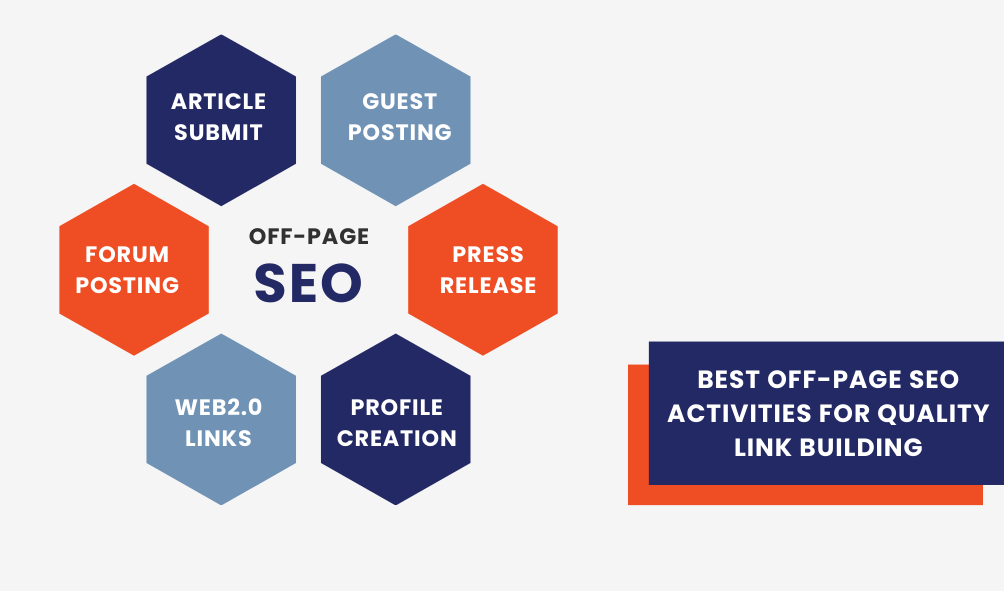
3.1 Backlinks
Backlinks, also known as inbound links, are links from other websites to yours. High-quality backlinks from authoritative websites signal to search engines your content is valuable. Building a strong backlink profile involves:
- Guest Blogging: Write informative and relevant guest posts for reputable websites in your niche.
- Outreach: Reach out to website owners and bloggers for potential collaboration or guest posting opportunities.
- Social Media: Share your content on social media platforms to increase its visibility and encourage others to link to it.
3.2 Content Marketing
Content marketing and SEO go hand in hand. Creating valuable, shareable, and evergreen content can attract organic traffic and earn backlinks. Strategies for effective content marketing include:
- Blog Posts: Regularly publish informative and engaging blog posts.
- Infographics: Create visually appealing infographics to convey information.
- Videos: Incorporate video content to cater to diverse audiences.
- E-books and Whitepapers: Offer in-depth resources in exchange for user information.
3.3 Social Signals
Social signals, such as likes, shares, and comments on social media, indirectly influence SEO. Engaging on social platforms can increase your content’s visibility and drive traffic to your website. Be active on relevant social networks and encourage social sharing of your content.
Chapter 4: SEO in the Age of Algorithm Updates
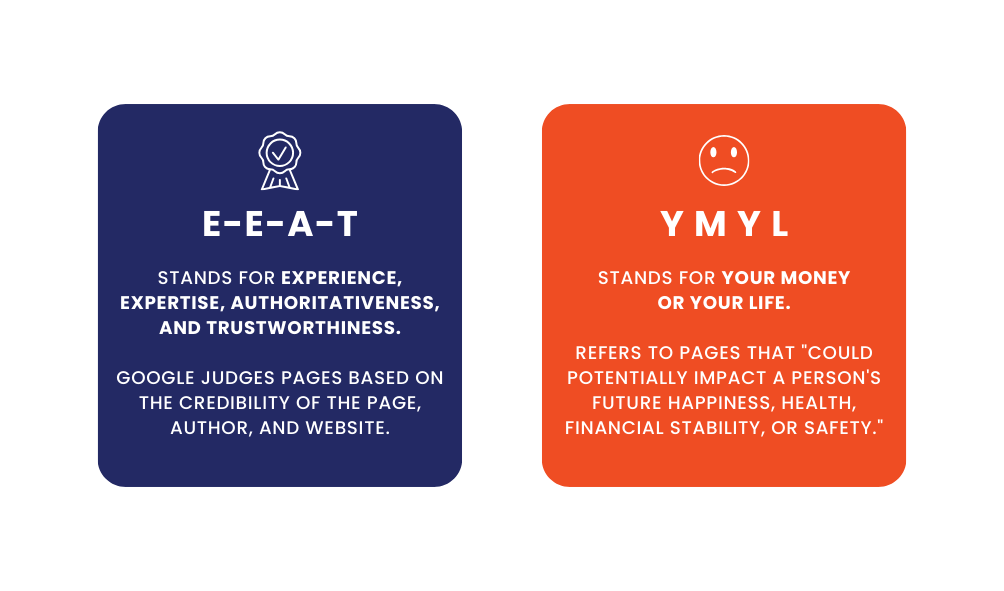
4.1 Google Algorithm Updates
Google frequently updates its search algorithms to provide users with the best possible search experience. Some notable updates include:
- Panda: Targeted low-quality content and duplicate content.
- Penguin: Focused on penalizing websites with spammy backlink profiles.
- Hummingbird: Improved the understanding of user intent and context in search queries.
- RankBrain: Introduced machine learning into Google’s ranking process.
To stay ahead, continuously monitor industry news and adapt your SEO strategies accordingly.
4.2 The Impact of Core Web Vitals
In 2021, Google introduced Core Web Vitals as a ranking factor. These metrics measure the web page loading performance, interactivity, and visual stability. Prioritize optimizing your website for Core Web Vitals, as they significantly affect user experience and SEO rankings.
4.3 E-A-T and YMYL
Google places a strong emphasis on E-A-T (Expertise, Authoritativeness, Trustworthiness) and YMYL (Your Money or Your Life) content. If your website offers medical, financial, or other critical information, it must demonstrate expertise, authority, and trustworthiness to rank well.
Chapter 5: SEO Best Practices
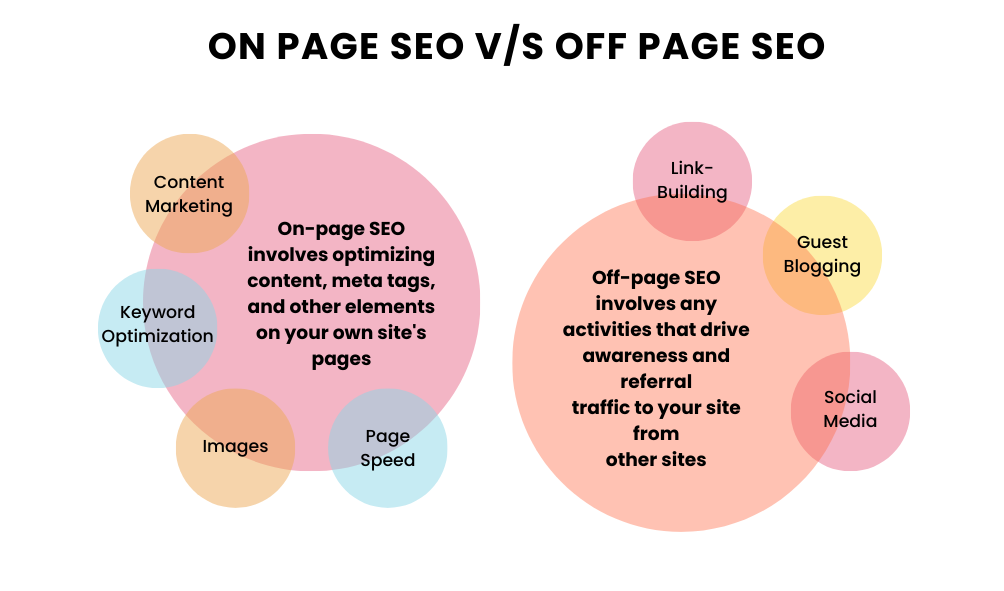
5.1 Regular Audits and Monitoring
Perform regular SEO audits to identify and rectify issues. Use tools like Google Analytics, Google Search Console, and third-party SEO platforms to track your website’s performance, traffic, and rankings.
5.2 Mobile Optimization
Given the increasing use of mobile gadgets for online browsing, prioritize mobile optimization. Test your website on various devices and use Google’s Mobile-Friendly Test to identify and resolve issues.
5.3 Voice Search Optimization
The rise of voice search necessitates a new approach to SEO. Optimize voice search by focusing on natural language queries and providing concise, informative answers to common questions.
5.4 Local SEO
For businesses with physical locations, local SEO is essential. Claim your Google My Business listing, gather reviews, and ensure your NAP (Name, Address, Phone Number) information is consistent across the web.
5.5 Secure Your Website
Google prioritizes website security. Use HTTPS and obtain an SSL certificate to encrypt data transfer between users and your website. It not only improves security but also boosts SEO rankings.
Chapter 6: SEO Tools and Resources
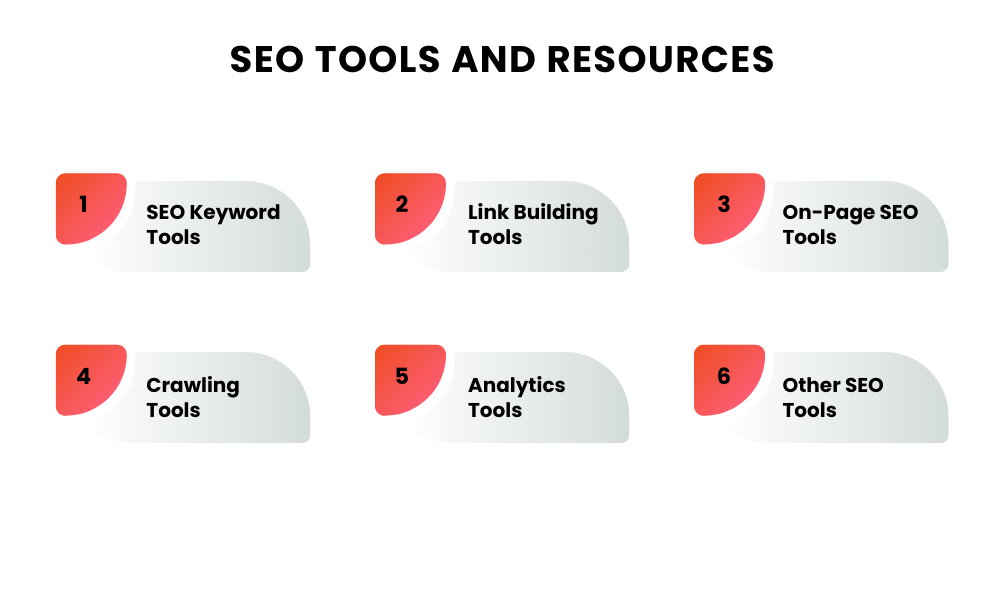
6.1 SEO Tools
Numerous tools can help you streamline your SEO efforts. Some popular options include:
- Google Analytics: Track website traffic and user behavior.
- Google Search Console: Monitor your website’s presence in Google search results.
- SEMrush: Perform keyword research and competitor analysis.
- Ahrefs: Analyze backlink profiles and track keyword rankings.
- Moz: Access a suite of SEO tools, including site audits and keyword research.
6.2 SEO Communities and Resources
Stay up to date with the latest SEO trends by engaging with the SEO community and accessing reputable resources. Some valuable sources include:
- SEO forums: Participate in discussions on platforms like Moz Q&A and WebmasterWorld.
- SEO blogs: Follow industry experts and blogs like Moz, Search Engine Journal, and Search Engine Land.
- Online courses: Consider enrolling in courses on platforms, for example, Coursera, Udemy, or LinkedIn Learning to deepen your SEO knowledge.
Chapter 7: Measuring SEO Success
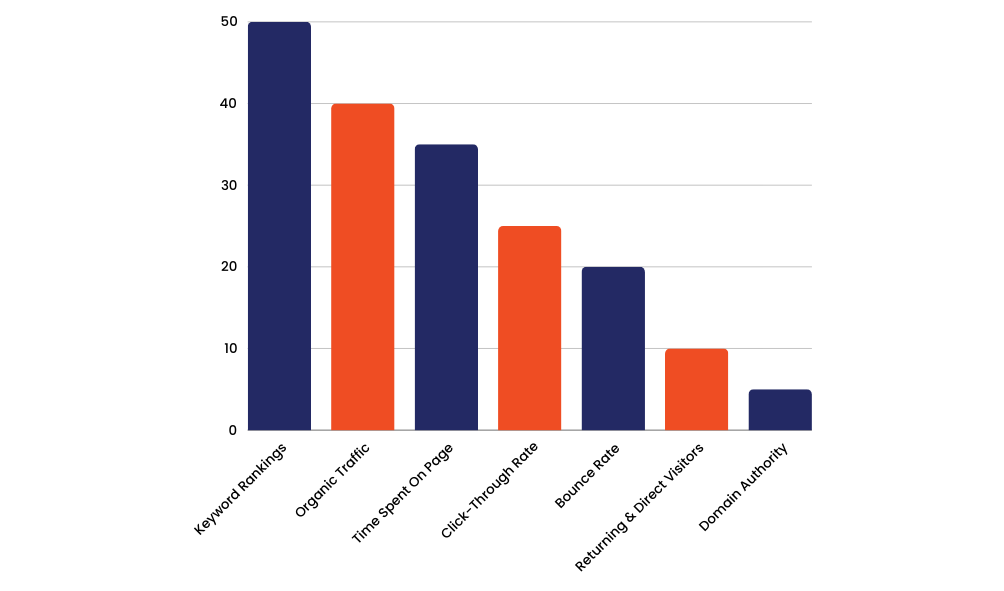
7.1 Key Performance Indicators (KPIs)
To gauge the effectiveness of your SEO efforts, track essential KPIs such as:
- Organic Traffic: Monitor the number of visitors coming from organic search.
- Keyword Rankings: Track your website’s ranking for target keywords.
- Conversion Rate: Measure the percentage of visitors who take desired actions on your site.
- Bounce Rate: Analyze how many visitors leave your site quickly without engaging.
7.2 Regular Reporting
Generate regular reports to assess progress and make data-driven decisions. Create custom dashboards in tools like Google Analytics and Google Data Studio to visualize and share SEO data effectively.
Conclusion
SEO in the age of algorithm updates is a dynamic and ever-changing field. Staying current with best practices, monitoring algorithm changes, and consistently improving your website’s SEO are essential for long-term success. By mastering the fundamentals of SEO, staying informed about industry developments, and using the right tools and resources, you can navigate the evolving SEO landscape and achieve higher rankings, increased organic traffic, and a stronger online presence for your website. Remember that SEO is a marathon, not a sprint, and the rewards for your efforts can be significant in terms of organic traffic, visibility, and business growth.
At Nextdynamix, We Have Pros and Peers for More Insights!
Connect with our professional web and app specialists to achieve impeccable development and seamless execution. Allow us to comprehend your industry obstacles and deliver efficient solutions, unlocking your business potential.
Contact us today for further information









